The last British hostage held by Hamas in Gaza was released on Sunday, more than 15 months after being taken, as part of a hard-won ceasefire agreement to bring an end to the devastating conflict.
Emily’s loved ones stated that she had injured two of her fingers during the deadly October 7 attacks, and shared photos revealing her bandaged hand following her release.
In footage captured in Gaza, crowds of masked fighters were seen escorting Emily, along with Doron Steinbrecher, her 31-year-old friend she was taken with from Kibbutz Kfar Aza, and Romi Gonen, who is 24 years old.
The group of three has now arrived in Israel. Doctor’s at Sheba Medical Center in Tel Aviv have evaluated the women and indicated that they are currently in a stable state, with a plan to keep them under observation for the next few days.
Newly released emotional images show Emily hugging her mother and waving at the press with a bandaged hand, after she was injured by gunfire while being taken captive. Mandy, who also survived a Hamas attack on her hometown of Kfar Aza, expressed gratitude to people around the world for their efforts to secure Emily’s safe return.
She expressed gratitude to everyone who continued to advocate for Emily during this incredibly difficult situation.
Heartbreakingly, Emily’s ordeal in Gaza has come to an end, but for many other families, the long and agonizing wait for release or justice remains.
UK Labor leader Sir Keir Starmer hailed the release as “wonderful and long overdue” over Emily suffering “intolerable trauma”.
He acknowledged that the ceasefire agreement is a positive step, but noted that it remains a painful reminder that many people are still being held captive by Hamas.
Now we need to see the entire ceasefire agreement carried out thoroughly and on time, including the release of the remaining hostages and a significant acceleration of humanitarian assistance to Gaza.
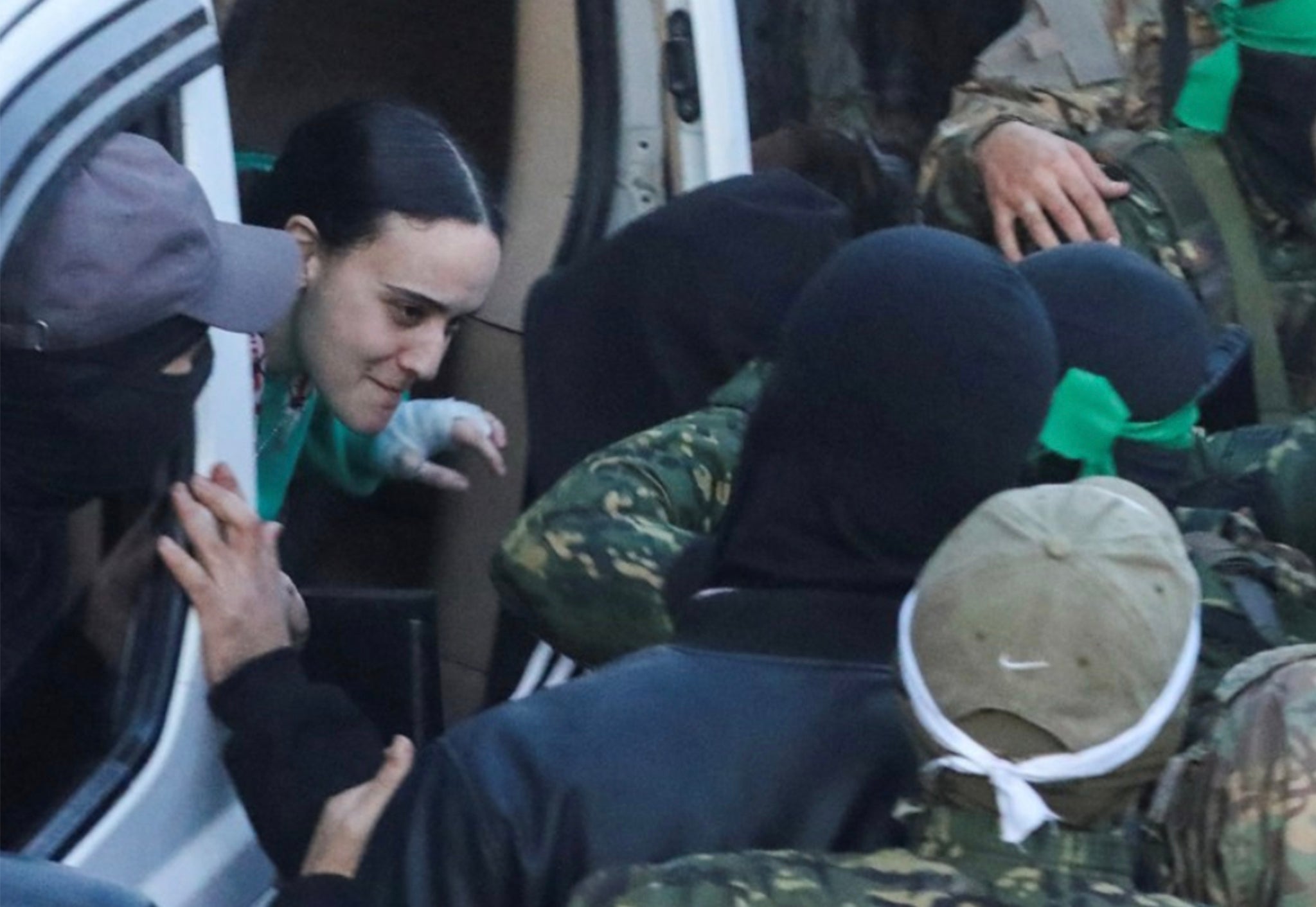
British Foreign Secretary David Lammy expressed his consideration for those still unsure when they’ll be reunited with their loved ones, including the families of UK-linked hostages Eli Sharabi, Oded Lifshitz, and Avinatan Or, who are expected to be released if the current ceasefire remains in place.
“We’re firm on the proposal, so we want it to be carried out completely; all captured members must be freed, and support for Gaza needs to reach it today,” he added, referencing the ceasefire as “a reliable path to a mutually coexistence where both Israelis and Palestinians live in harmony”.
Many are optimistic that the long-awaited ceasefire, facilitated by a year-long negotiation effort by the US, Qatar, and Egypt, may bring an end to the devastating conflict in Gaza that has resulted in over 46,000 deaths and more than 90% of Gaza’s 2 million residents being forced to flee their homes.
They also hope it will lead to the release of nearly all 100 people still being held captive in Israel, who were taken hostage during Hamas’s October 7, 2023, attack, which resulted in the deaths of more than 1,200 people.
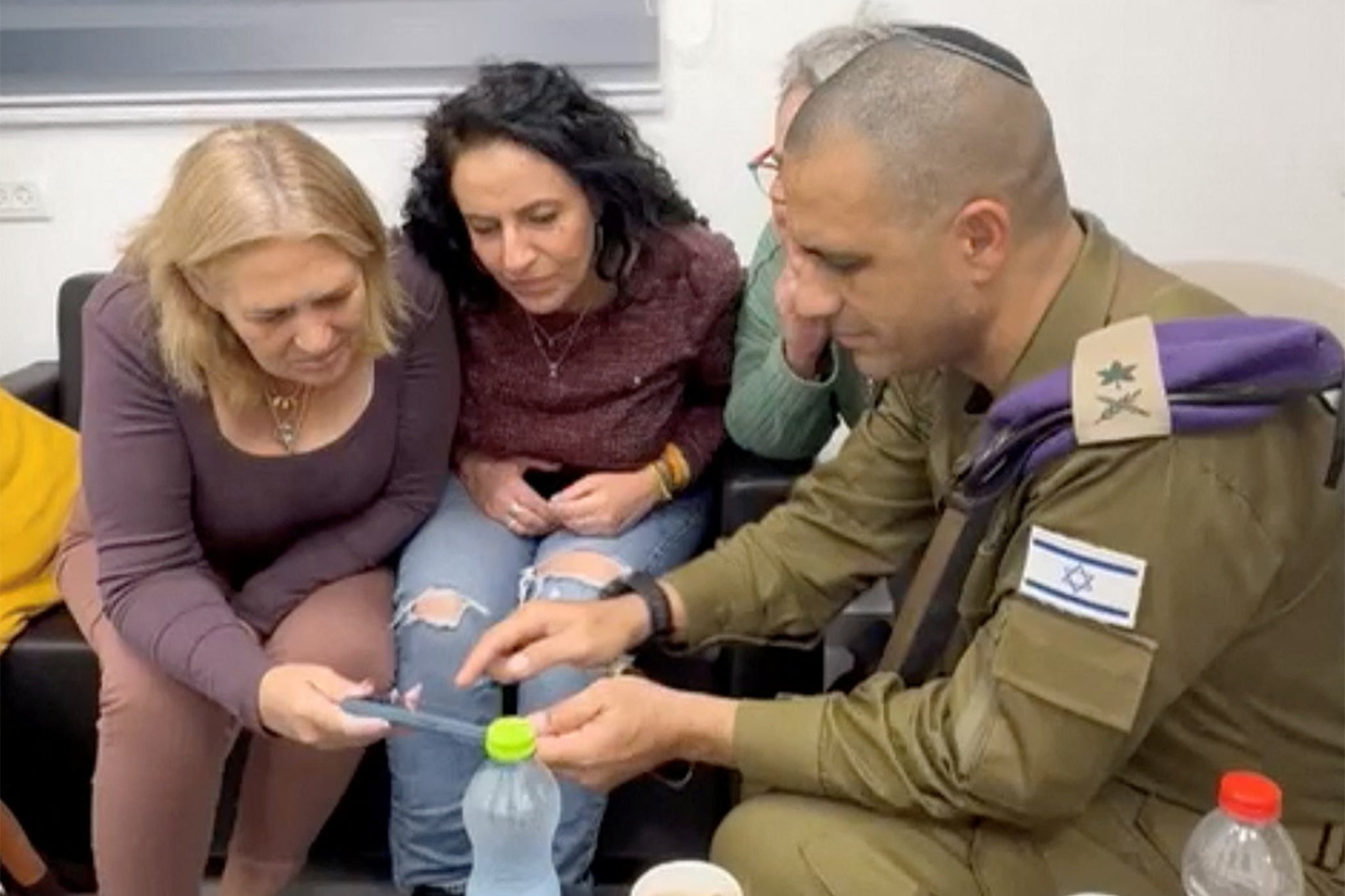
Under the agreement, during the initial six-week phase, 33 hostages are set to be released in exchange for the liberation of hundreds of Palestinians, among them dozens of women and minors, currently being held by Israel, many of whom have been detained without being charged.
Israeli troops are expected to pull back to a buffer zone within Gaza, enabling Palestinian families who were displaced to return home, although some had attempted to do so earlier on Sunday amidst the devastation.
The devastated region, on the brink of famine, is also expected to receive a substantial influx of humanitarian aid, with approximately 600 trucks entering Gaza on a daily basis – significantly more than Israel permitted before.
The ceasefire was a “glimmer of hope in a cycle of death.” However, onlookers viewed it as only the initial step in a lengthy journey of healing and rebuilding.
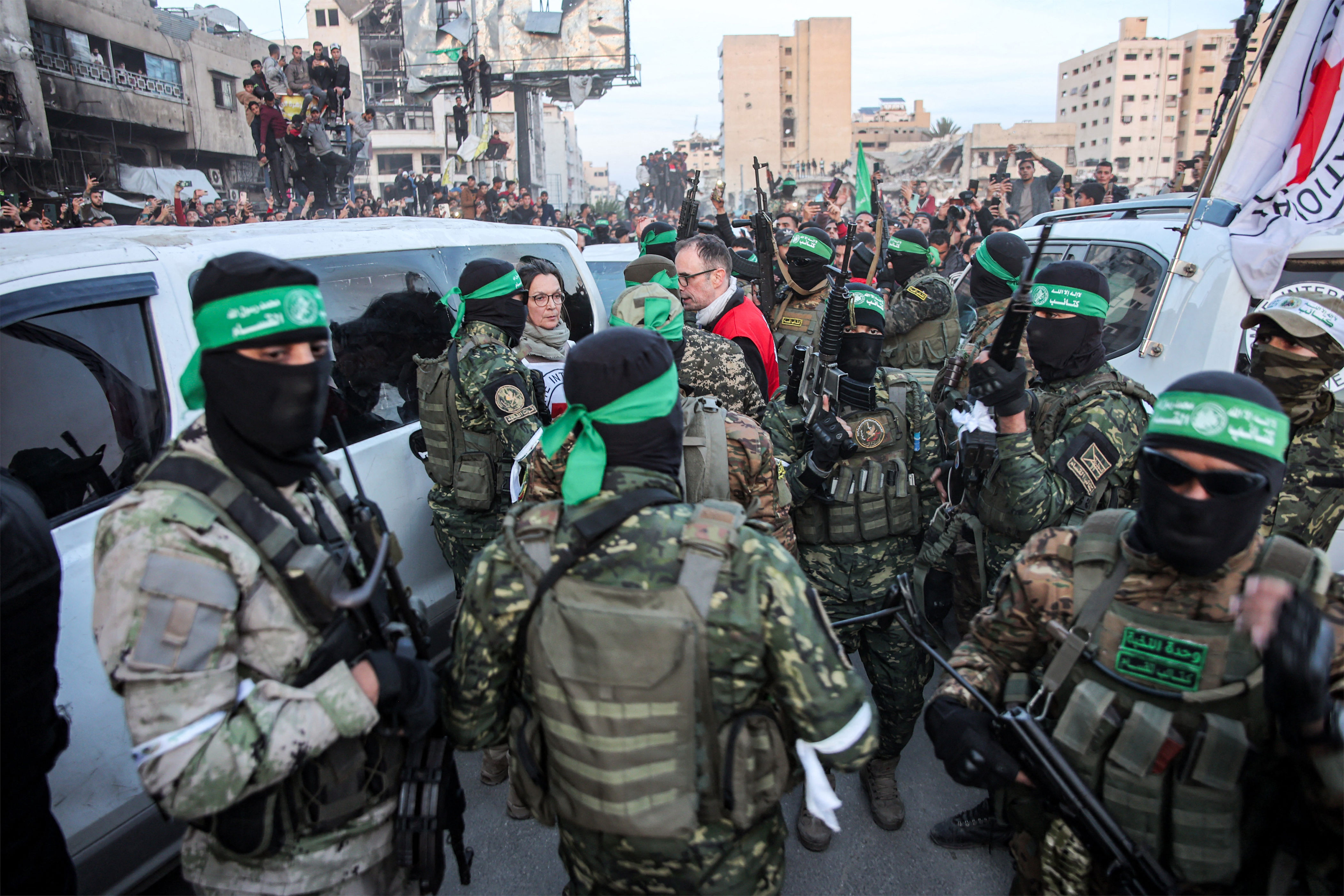
“People are talking about people whose past has been erased and all their near-term options have been taken away,” said Essam Raja, 38, a man who’s currently living in a tent in what’s known as the humanitarian zone of al-Mawasi, which was hit by bombing just before a ceasefire took effect.
There are worries that the fragile agreement, which teetered on the brink of collapse at the last minute on Sunday morning, may falter after the initial stage is completed.
Talks to finalize and strengthen the ceasefire agreement are scheduled to commence in about two weeks, with the goal of securing the release of the remaining detained individuals and freeing additional Palestinian prisoners.
There’s concern that fighting may break out again before talks can begin, particularly as Netanyahu deals with growing unrest from far-right coalition members, including several ministers who quit his cabinet on Sunday over the agreement.
Emily’s mother, a resident of Surrey, reported that her daughter was shot in the hand and taken to Gaza on their own car from Kfar Aza on October 7, where her family resides. Emily was arrested along with her friends Gali and Ziv Berman, who are still being held, as well as Doron Steinbrecher, who was released on Sunday.
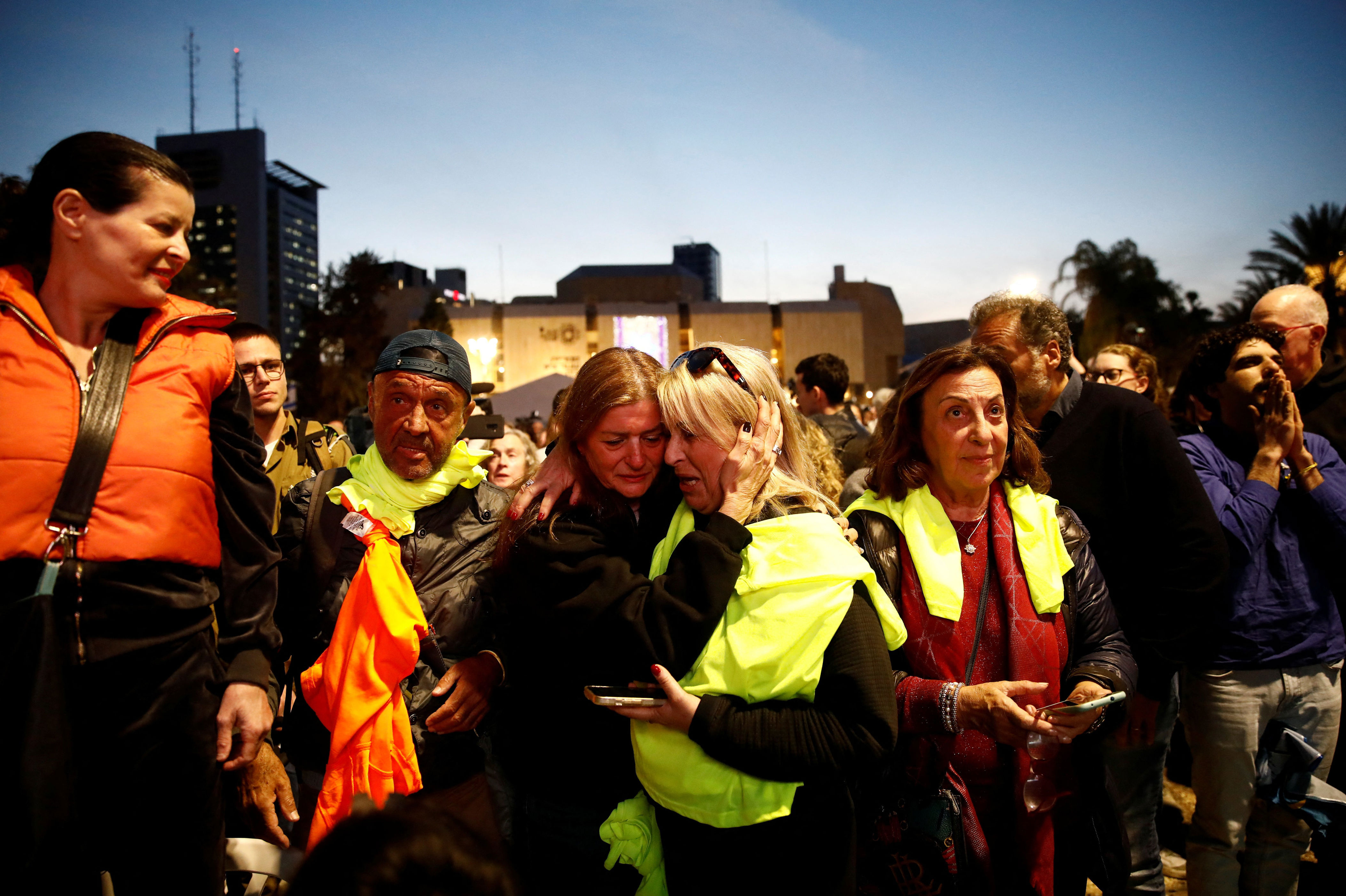
Last year, the family stated that until Sunday, the only evidence of life they had seen was a video released by Hamas in January of last year, in which Yamit pleaded for help.
Romi Gonen, 24, who was released on Sunday, was captured while attending the Nova music festival. Her sister, Yarden, disclosed at a meeting for the hostages in the US last week that Romi had narrowly escaped but was “ambushed,” shot in the hand, and “dragged by her hair” to Gaza, where her best friend was tragically killed in front of her.
Ms Steinbrecher’s family expressed heartfelt gratitude to the international community for their invaluable assistance in securing the safe release of their “beloved Dodo”, who is now commencing her long road to recovery.
The family especially expressed their gratitude to newly elected US president Donald Trump for his “considerable involvement and backing, which held great significance for us”.
It was a “cut-off point” that ultimately led to the deal being passed. Mr. Trump’s Middle East envoy was involved in the final stages of the negotiations, working alongside President Biden’s team.
On his arrival back in Israel, President Biden said, “It looks like they’re in great shape.”
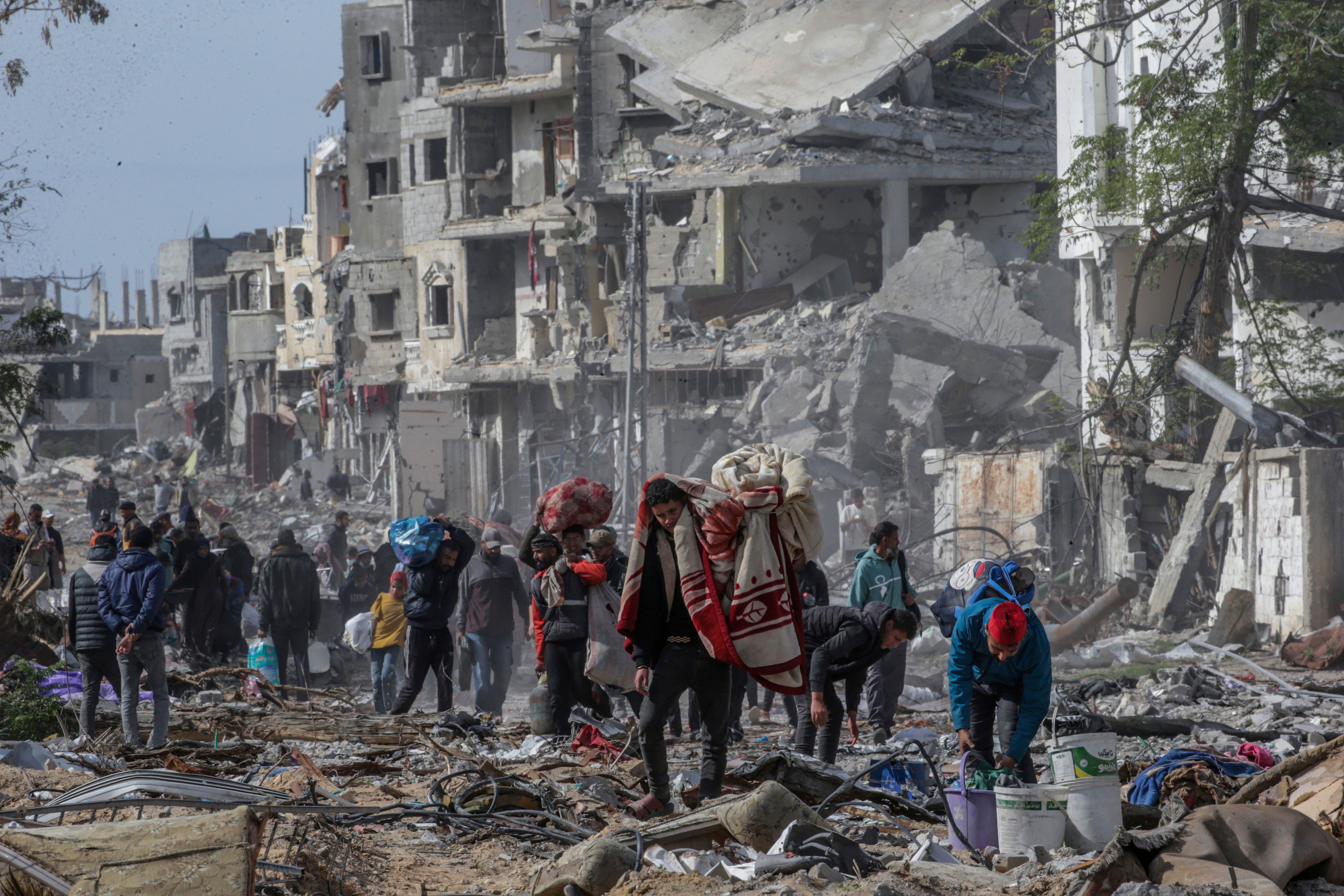
Concerns linger for those hostages not yet freed. A large crowd assembled in “Hostage Square” in Tel Aviv, a gathering site for those pushing for a hostage release agreement, where they watched the released hostages’ return on big screens. As the images were broadcast, the crowd responded with a mix of cheers, tears, and emotional reunions. Meanwhile, family members of those still in captivity expressed relief for those who were freed, but voiced hope that the agreement would hold and lead to additional releases.
“For the families of the hostages who are not among the released 33, it will be a long and trying time ahead of us,” said Udi Goren, whose cousin Tal Chaimi was tragically killed on October 7th. His body was taken by militants and will only be handed over in the second phase.
Following the release of the hostages, ninety Palestinian prisoners were expected to be set free later on Sunday. In the occupied West Bank, families and loved ones gathered eagerly as cars sounded their horns and people waved the Palestinian flag in celebration.
According to Al Jazeera, on Sunday, a batch of 90 Palestinians is scheduled for release, comprised of 69 women and 21 juvenile offenders and teenagers.
They are part of a list of 734 Palestinian inmates the Israeli Ministry of Justice stated would be released in the initial phase of the agreement last week.
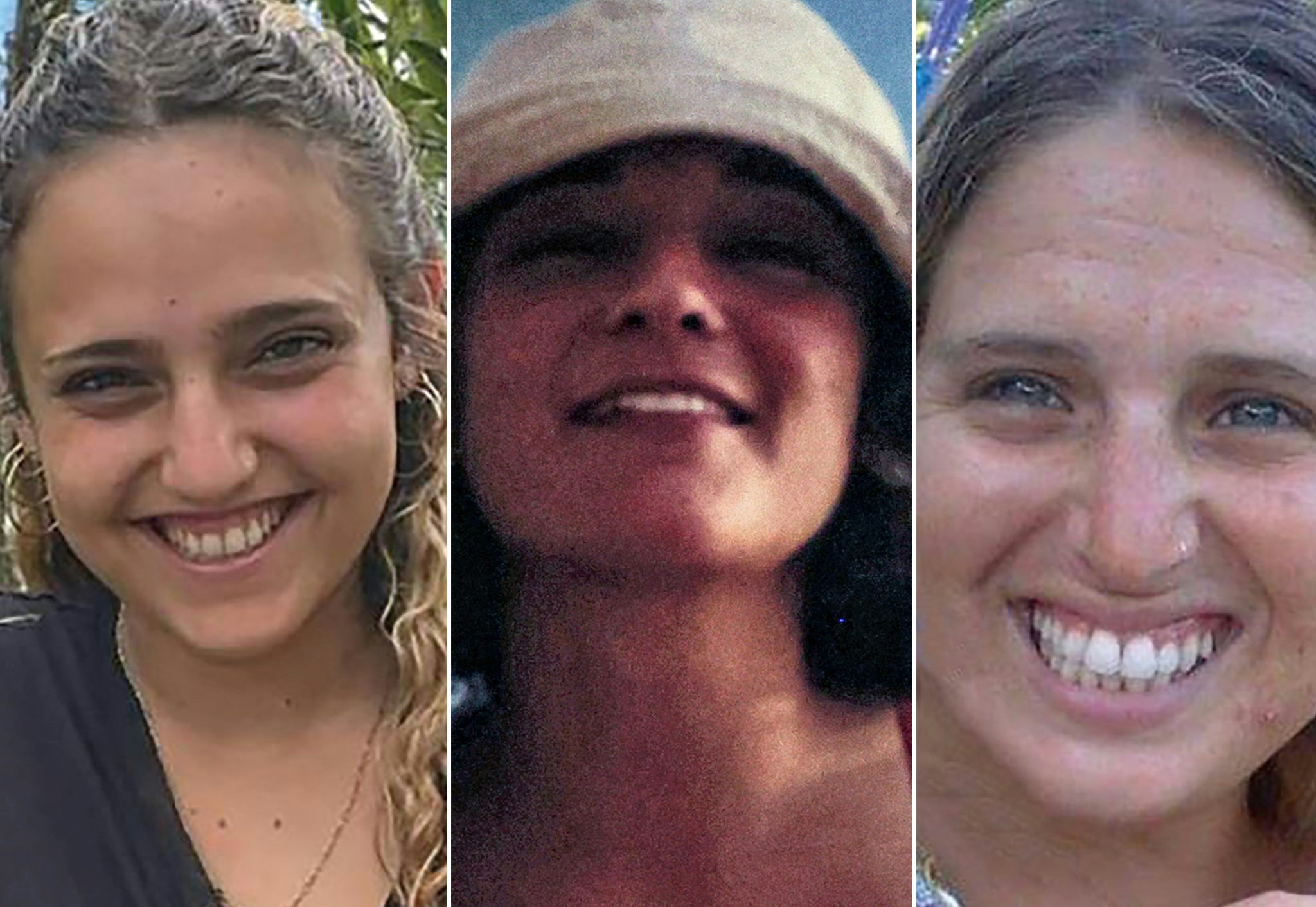
Included in the upcoming prisoner releases are Shatha Jaraba, 24, who was arrested in August near Ramallah and held in Israel’s Damon prison, according to her father, whose family described living conditions as extremely challenging. Jaraba’s father, 63-year-old Nawaf, alleged that she spent five months standing trial on charges of simply expressing her personal opinion. He also mentioned that another of his sons is being held under administrative detention, a practice criticized by the United Nations as a form of arbitrary detention. “In general terms, this release is occurring in the aftermath of the devastation of homes, the destruction of houses, bloodshed and great sacrifices in Gaza,” he said as he anxiously awaited her release from prison.
We’re relieved that she’s part of the initial group of female prisoners to benefit from this policy.
The wife of Nael al-Barghouti, a high-ranking Hamas member from the West Bank and the Palestinian prisoner held the longest in Israeli custody, expressed worries over rumors that some prisoners set to be released may be forcibly expelled from the Palestinian territories under occupation.
Rana, who is the older sister of Palestinian detainee Raed al-Hajj Hamad, and is also scheduled for release within the next six weeks, expressed concern that “the truce will not last long enough to see him freed.”
According to his family, Raed was detained in Gaza when he was 21 years old, in 2004, and received a 20-year prison sentence. They stated that he completed his full term in January but refused to release him due to the ongoing conflict.
“Everyone is worried that the truce won’t hold beyond the six-month deadline. We’re all on edge and concerned. What people in Gaza genuinely want is to live in peace and to be able to return home to rebuild their lives and their communities.”
The Independent is the world’s top independent news provider, offering global news, commentary, and analysis to those who value unbiased perspectives. We’ve built a large global community of like-minded individuals who trust and rely on our unbiased voice and commitment to creating positive change. Our mission of driving positive change has never been more crucial than it is today.
